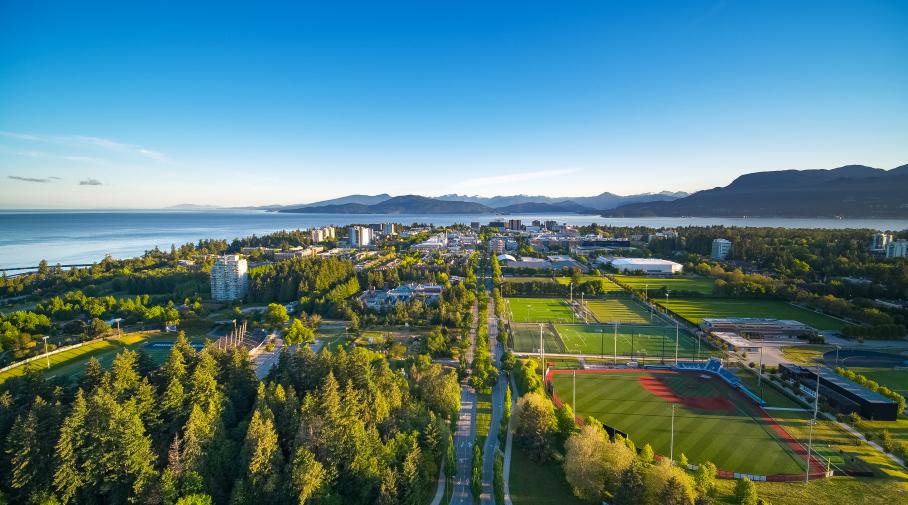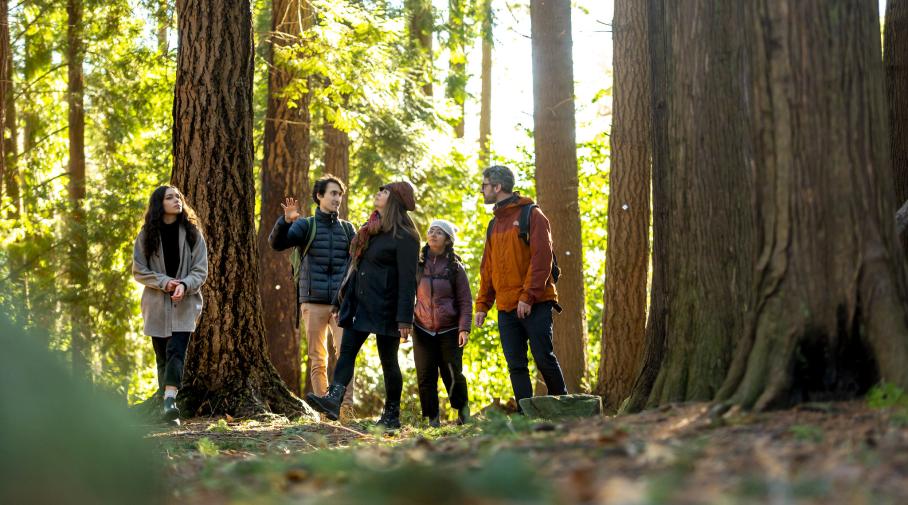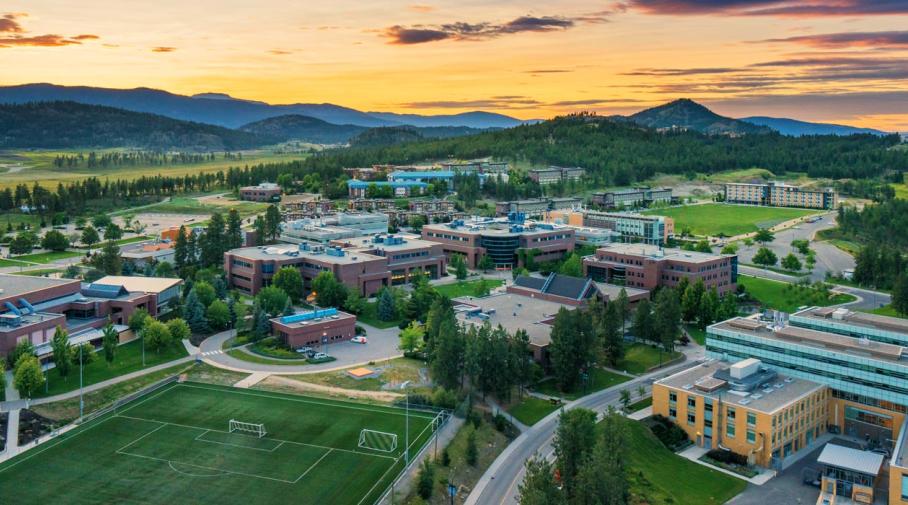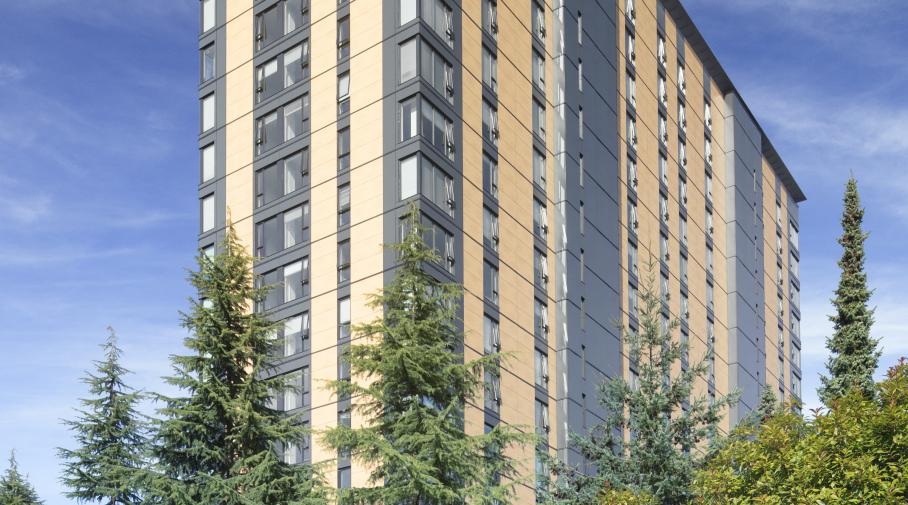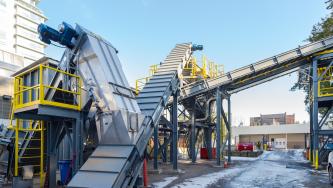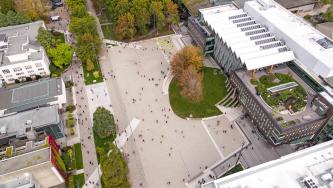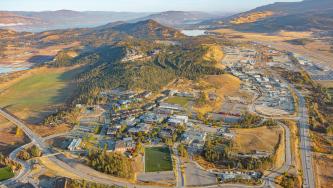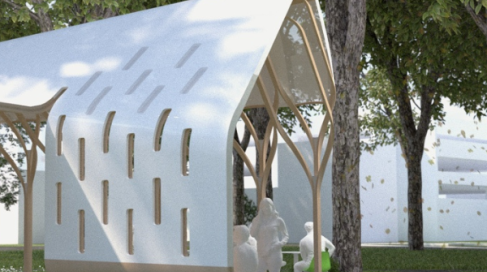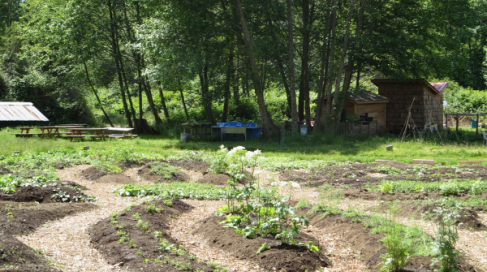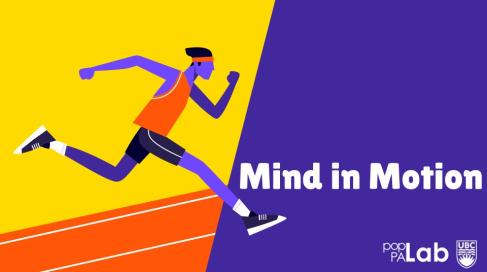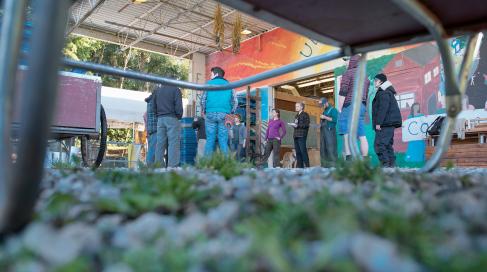Projects
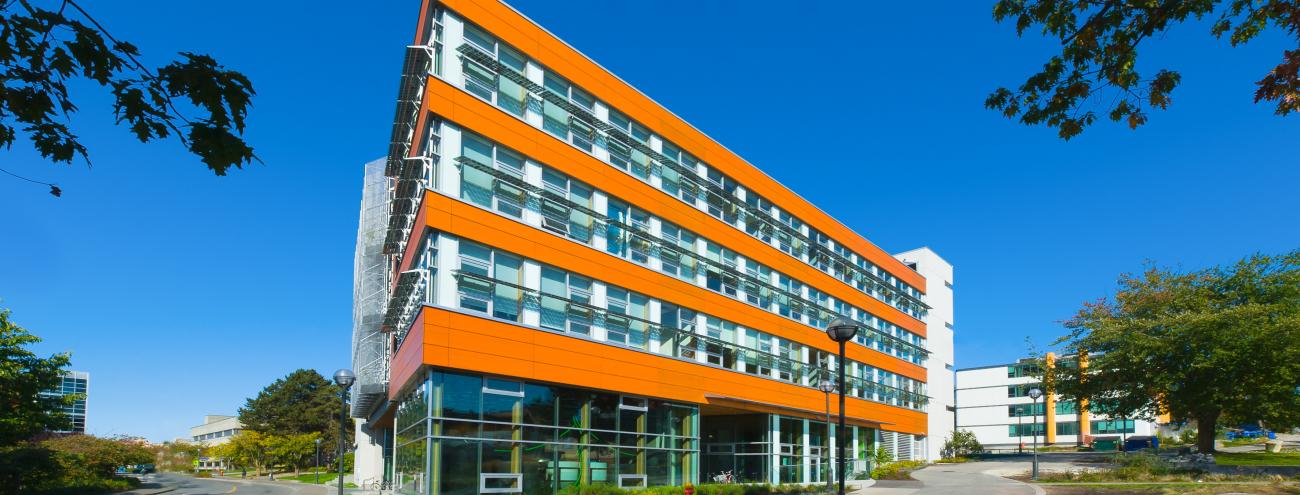
Piloting the future
Campus as a Living Lab projects use UBC infrastructure, assets and resources to support innovative and applied research projects that improve our communities, region and world. They pilot new ideas, advance faculty research and interdisciplinary collaborations, have an operational benefit for the university, and create opportunities for student learning and knowledge exchange.
These projects link research to action. They include large-scale innovative capital projects with strong research programs, academic-industry partnerships advancing R&D for new technologies, specialized applied research programs within a variety of disciplines, real-world scale research infrastructure supporting a broad range of academic research and operational benefits, and innovative student learning opportunities and programs.
Find out more about these projects, and what we are learning from them.
Project Library
The Class of 2020’s gift to UBC, this pavilion will pilot innovative and environmentally responsible technologies and provide a new model for flexible, outdoor learning spaces on campus.
Did you know robots could conduct building system inspections? The project deploys automated robots to assess building mechanical systems for leaks and damages that can result in increased energy consumption and CO2 emissions.
The Indigenous Campus Living Lab (ICLL) project aims to investigate how Indigenous land-based practices can influence UBC campus health and wellness environments and provide opportunities for ethical dialogue and mobilization of perspectives on Indigenous Health and Wellbeing.
The pilot supplements UBC’s mental health services for students by providing more accessible stress management and coping programs through exercise.
The project aims to conduct water monitoring and evaluate water use reduction strategies to minimize the water footprint of agriculture at UBC Farm and support UBC’s Water Action Plan.
